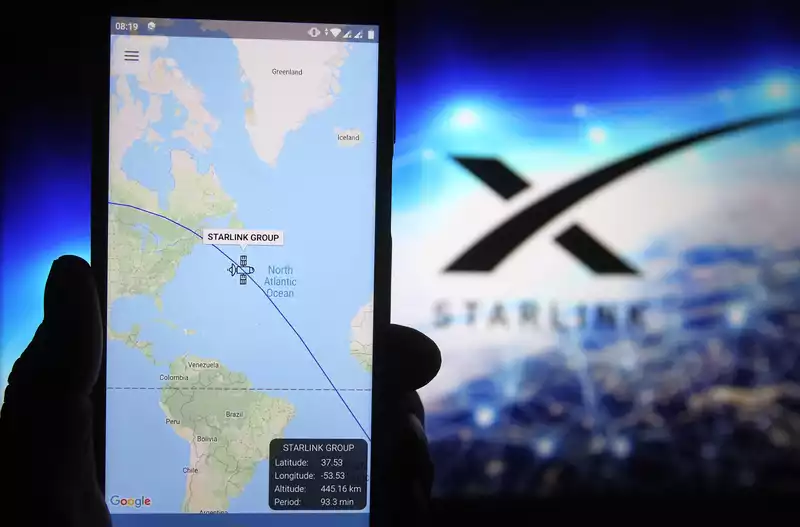Elon Musk confirmed via Twitter that Starlink is aiming to exit beta this summer.
The tweet was in response to an article posted by CNBC space reporter Michael Sheets. He recently surveyed 50 Starlink users and found that most had a generally favorable opinion of Elon Musk's satellite Internet constellation.
If the Starlink rollout goes as planned, most users worldwide should be able to purchase and connect to the $500 Starlink starter kit within the next three to five months.
Musk also confirmed that it will be possible to move the Starlink Dishy McFlatface satellite dish while on the road. This is especially good for those living in RVs or mobile tiny houses. It would also make it possible to maintain a connection while on the move. [At this time, if the Dishy McFlatface is to be installed, it must be installed in what Starlink calls a "cell," which according to the Starlink FAQ is a designated area on the ground. "If you are outside of a Starlink cell, the satellite will not be able to schedule a connection to your Starlink and you will not be able to receive the Internet. This is a geometric constraint, not arbitrary geofencing.
Clearly, Starlink engineers are working on a system that will allow people more flexibility to move their antennas.
But just because Starlink is exiting beta this summer does not mean its satellite constellation is finished. Currently, Starlink is sending 1,443 satellites into orbit and launching an average of 60 satellites every two weeks.
SpaceX plans to send a total of 12,000 satellites into low Earth orbit (LEO) by 2030. While 12,000 satellites seems like an ambitious goal, SpaceX has even loftier plans. It has already applied to the FEC for approval of 30,000 additional satellites, bringing the future total to 42,000. However, as evidenced on April 9, the potential for collisions could increase significantly.
Still, Starlink will not have true global coverage before this summer. It will probably cover latitudes between the 55th parallel north and south. This is where most of the world's inhabited population lives. It would cover from the northern border of Germany to the southern border of Argentina. This coverage would not include the Nordic countries, the northern regions of Russia, Greenland, Iceland, or Antarctica.










Comments